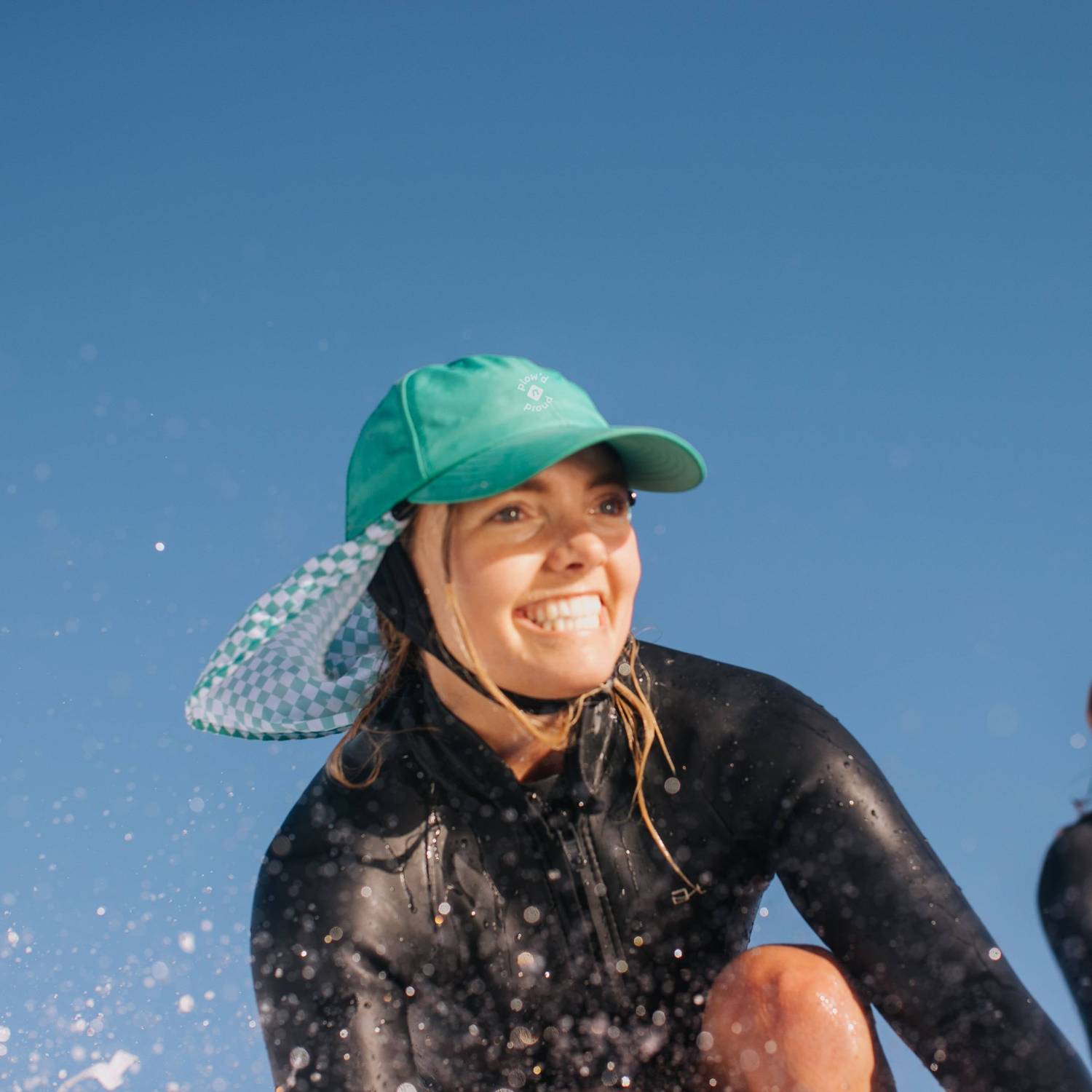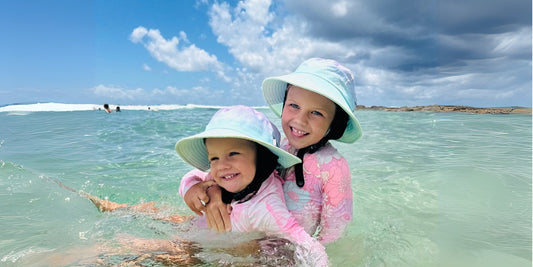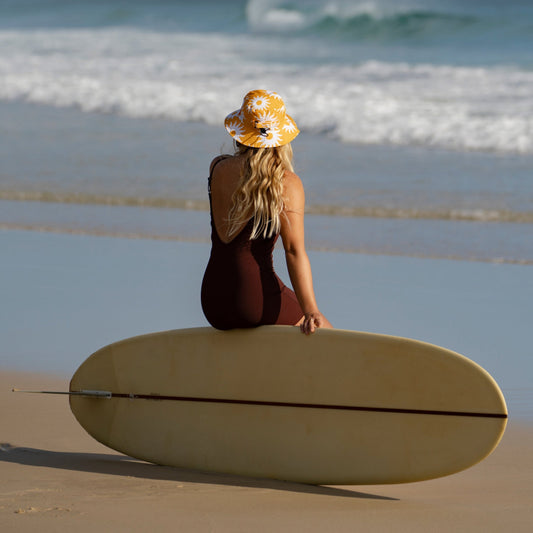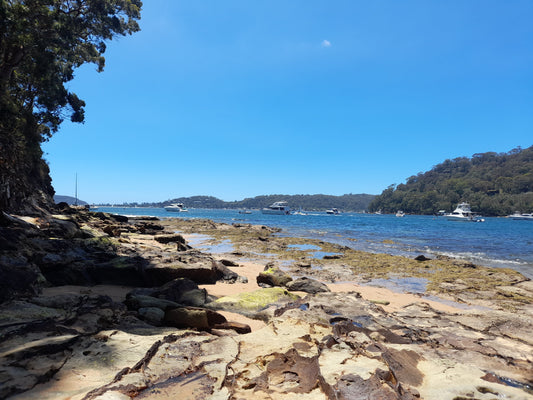Sometimes it happens… We practice what we preach, but sometimes it just happens. Prevention is undoubtedly better than cure in the case of sunburn, but sometimes it happens. While the UV damage is already done, the right aftercare will help reduce other impacts of sunburn; pain, heat stroke and aging to name a few. Knowing what to do and being aware of where you went wrong is super important for preventing future issues.
If you’re reading this, you’re probably already in a pickle so without further ado, here’s what to do if you get burnt:
1. Get out of the sun and cool yourself down
As soon as you realise, get out of the sun and into the shade. If all else fails, burrito yourself in your towel, broad brim hat on, and have your friends tend to your thirst needs. You want to try and cool your skin down but don’t do anything too drastic.
With your blood rushing to the surface to heal your burn, it’s normal to get your seasons confused. You might find yourself wanting to rug yourself up in a hoodie and blankie - go ahead and symptom manage by getting yourself comfortable. But if you can tolerate it, a quick cool shower or dip in the pool is good to bring your body temperature down, but it should be short. Being in the water can dehydrate you further. Whatever you do, even if you feel better, do NOT consider going back out into the sun!

2. Hydrate - yourself and your skin
For your skin, Aloe Vera or after sun is fine - it cools the skin nicely - but in our opinion your favourite body moisturiser beats it, Aim a fan on your wet skin for extra cooling! We like to keep our creams in the fridge on days like that for extra spicy cooling. Apply liberally and re-apply every 2 hours, or more.
You’ll also need to hydrate yourself with fluids. Drink plenty of water or other non-caffeinated, non-fizzy drinks. Foods such as watermelon are also great to boost your rehydration process.
Top tip: Don’t forget about your lips! This is incredibly important if you’ve ever had cold sores, and still important if you haven’t. Cold sores can be triggered by sun exposure so an SPF lip balm is a good investment. If you’re burnt, apply a gentle lip balm every hour to help them rehydrate. A special shout out for bepanthen here for lip palms - an absolute saver!
3. Wear soft clothing
Soft clothing is the best thing you can wear at this point… or nothing at all. Cool, flowy linens and soft cottons are kind to your skin and will help your body to regulate its temperature. Avoid tight or clingy clothing as this will cause further irritation. Don’t wear anything precious as it’s probably going to end up covered in layers and layers of moisturiser.
4. Avoid using makeup
We know that the first thing you’ll probably want to do is hide your sunburn but trust us, it’s better not to. Makeup and similar products will irritate the already inflamed skin, making the healing process longer. Many makeups also dry out skin which should be avoided.
5. Stay out of the sun
Having gone to the effort of trying to reduce the impact of your burns, don’t skip this step. You should wait until your skin is looking normal again before heading out and, when you do, remember what happened last time and learn from it. UV damage is cumulative and you don’t even have to get burnt to be adding to your skins UV tally. Your risk of melanoma increases significantly when you get burnt and it really is as serious as life or death- 1 Australian dies every 6 hours. Please please don’t let it be you.
6. Check and monitor your skin for new marks
Burning is not just about the here and now, it has the potential to also develop into something worse. We recommend self checking your skin monthly, with a dermoscopy by a trained Skin Cancer Doctor or Nurse once a year to monitor any changes and take precautionary action as needed. It’s hard to find bulk billed skin care specialists across Australia, but lot’s of GP’s do offer it! Or if you have private health insurance check your policy and make sure you’re using it if you can. Our friends at the Skin Check Champions provide pop up free clinics, so keep an eye out for them too!

In the mean time, check out our guide to checking your own skin. You’ll need this guide regardless of whether you’ve been recently checked or not! Monthly self checks are best practice and could save your life!
7. Let someone else know
Owning up to your sunburn can be embarrassing, and we know this might seem like overkill, but if you’ve ever had sun stroke, you’ll know it's not. Even mild sunstroke is wildly unpleasant and can be dangerous too. Let a friend, family-member or neighbour know. It’s good to have someone check on your dehydrated self if you end up with a dose of heat stroke and it can even be life saving. Better safe than sorry.
All scare tactics aside, getting burnt is by no means a fun experience and taking steps to reduce the impact will make a considerable difference. Learning from your sunburn, whether it be that your sun cream wasn’t up to scratch, or you forgot your hat, is vital for your skin health. We’re not being dramatic here. Back with the scary stats, The Cancer Institute NSW research shows that 95% of melanoma and 99% of non-melanoma skin cancers are caused by overexposure to UV radiation. Sun exposure is also a significant contributor to skin aging. Keeping you and your crew sun safe this summer is the best gift you can give them.
Learn more about our mission to make sun safety easier and more fun.





